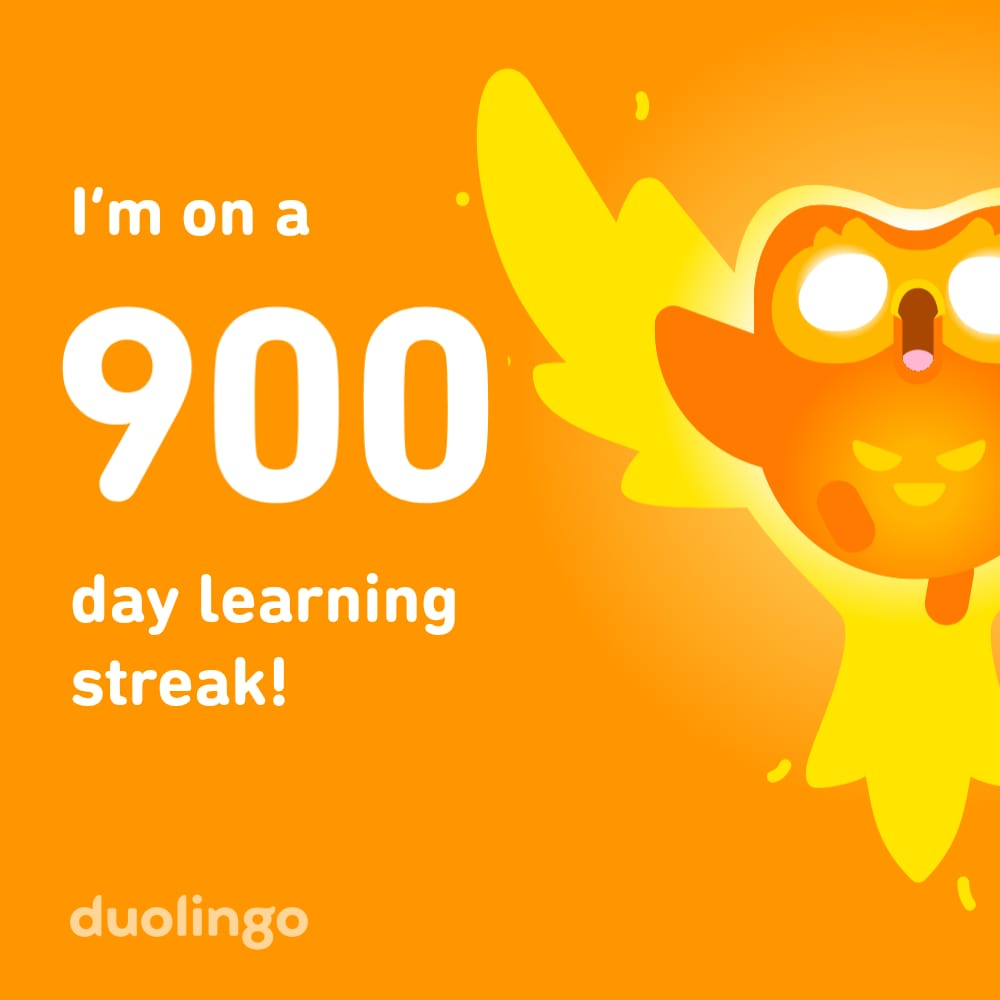As I celebrate my 900-day streak learning Norwegian on Duolingo, it seems like the perfect time to reflect on whether this daily habit has actually improved my language skills. After living in Norway for two years and using Norwegian regularly in my daily life, I can offer some perspective on the app’s effectiveness as part of a broader language learning strategy.
My Norwegian Learning Context
First, some context: I’ve been living in Norway for two years now, so my Duolingo practice hasn’t happened in isolation. I regularly speak Norwegian with my colleagues, and I actively seek out opportunities to speak Norwegian. This means my experience might differ significantly from someone using Duolingo to learn Norwegian from abroad.
What I’ve Gained from 900 Days of Duolingo
Vocabulary Building: The Clear Winner
Without question, Duolingo’s greatest contribution to my Norwegian journey has been expanding my vocabulary. The app’s spaced repetition system has helped me learn and retain hundreds of words that I’ve been able to incorporate into my everyday conversations.
Consistency Through Gamification
The streak feature has done exactly what it’s designed to do – kept me coming back. Even on my busiest days, I’ve made time for at least one quick lesson to maintain my streak (with the occasional strategic use of a streak freeze, I’ll admit). This consistency has created a sustainable habit.
Basic Grammar Structure
While Duolingo doesn’t always explicitly teach grammar rules, the repetitive nature of its exercises has helped me internalise some basic Norwegian sentence structures. Through this repeated exposure, I’ve developed an intuitive understanding of word order and basic grammatical patterns. However, I don’t think this will ever be enough for me to speak with proper grammar. I will still need to learn the grammar rules, and it’s possible that the intuition I’ve developed might even work against me.
What Duolingo Hasn’t Helped With
The Dialect Challenge
One of the biggest challenges with Norwegian that Duolingo can’t address is the variety of dialects. Unlike many languages, Norway has no standardised spoken form that everyone uses in formal settings. Each person speaks their regional dialect, even in professional environments. Duolingo teaches primarily bokmål, but that doesn’t prepare you for the diverse pronunciation variations you’ll encounter throughout Norway.
Complex Conversations
While Duolingo helps with basic phrases, it hasn’t prepared me for the nuances of real Norwegian conversations. Following a fast-paced discussion between native speakers still requires concentration and context, something that comes more from immersive listening practice than app-based learning.
My Duolingo Strategy
My approach to Duolingo has been simple: do the minimum needed to maintain progress and consistency. Here’s my strategy:
- Complete just one lesson per day (to avoid ads)
- Don’t stress about XP or leaderboards
- If using the free version, close the app immediately after your lesson to avoid most ads
- Use streak freezes sparingly but strategically (about once a month)
- Add friends for accountability
This minimal approach ensures I never burn out while still making steady progress.
Time Investment vs. Return
What makes Duolingo particularly valuable is its efficiency. Most days, I spend just 2-3 minutes completing a single lesson. On more ambitious days, I might do a few more, but the minimum commitment is truly minimal.
For such a small time investment, the returns have been worthwhile. While I wouldn’t become conversational from Duolingo alone, as a complement to living in Norway, it’s been an effective vocabulary builder and reinforcement tool.
Is Premium Worth It?
While I’ve used the premium version, I don’t think it’s necessary for most casual learners. The core learning experience is available in the free version. However, if you’re doing multiple lessons daily or if you want unlimited hearts, the family plan is good value when shared with others.
Beyond Duolingo: What Really Helped
Duolingo works best as part of a broader language strategy. What’s helped me most with comprehension has been listening to beginner-friendly Norwegian podcasts and gradually working up to more advanced content. For speaking confidence, nothing beats actual conversation practice with patient Norwegian speakers.
For New Norwegian Learners: Is Duolingo Worth It?
If you want to learn Norwegian, I absolutely recommend making Duolingo part of your language learning toolkit, with these caveats:
- Use it primarily for vocabulary building and basic grammar exposure
- Don’t expect it to help much with understanding diverse Norwegian dialects
- Supplement with plenty of listening practice (I recommend Speak Norsk)
- Find opportunities for real conversation practice
- Keep expectations realistic: it’s a helpful tool, not a complete solution
The Bottom Line: Small Effort, Modest Returns
After 900 consecutive days, I can confidently say Duolingo has been worth the minimal time investment. While the app hasn’t made me fluent in Norwegian, it wasn’t designed to. What it has done is provide a consistent, low-effort way to build vocabulary and reinforce what I learn through other methods.
Language learning has no real shortcuts – the difficulty of the learning process correlates directly with how quickly and thoroughly you’ll progress. Duolingo offers a gentle, sustainable approach that may take longer but keeps you engaged in the process.
For the 2-3 minutes it takes each day, I’d say that’s a pretty good return on investment.
Have you used Duolingo to learn Norwegian or another language? How has your experience compared to mine? Share your thoughts in the comments below!


Leave a Reply